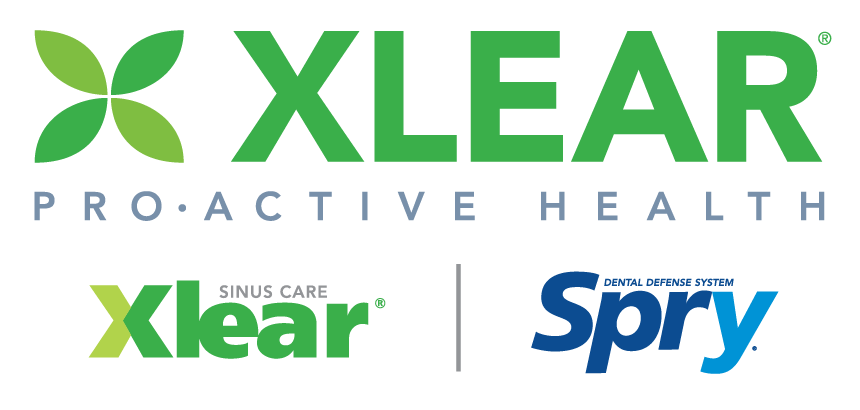- More Than Teeth
- Posts
- The Economics of Sleep
The Economics of Sleep
Where Dentistry Meets Whole-Body Health Michael Bennett, DDS, PhD & Cathy Bennett, MS, NBCHWC
This is More Than Teeth. The newsletter that helps dental sleep professionals get 1% better every week.

Good Morning,
When people hear about dental sleep medicine, they usually think of snoring or feeling tired. However, there's another important aspect: the cost of ignoring these issues.
This month, we're exploring the financial side of sleep care. Treating obstructive sleep apnea (OSA) not only saves lives but also saves money for individuals, insurance companies, and employers.
We'll break down the numbers, help you communicate effectively, and provide tools to explain why it's important to screen for sleep issues from ethical, clinical, and financial perspectives.
In Today's Edition:
The bottom-line impact of untreated OSA
ROI from CPAP, oral appliances, and CBT-I
Talking money without sounding transactional
Coach Cathy's take on reframing sleep value
Bonus stats & scripts to educate patients fast
5-minute read👇
Clinical Corner
🥼Use the clinical corner as your secret weapon to impress your colleagues and patients!
Key Takeaways🔑
Untreated OSA costs the U.S. ~$150B/year
Treating OSA costs ~33% less than doing nothing
Oral appliances are a cost-effective option for many
Sleep care reduces healthcare claims, crashes, and costs
The Economics of Sleep
Treating OSA Doesn’t Just Save Lives, It Saves Money
Sleep medicine isn’t a luxury. It’s cost containment. When dentists screen and treat obstructive sleep apnea (OSA), they don’t just protect the airway; they protect pocketbooks.
New research confirms: Treating sleep pays off for patients, payers, employers, and your practice.
THE BOTTOM LINE
The U.S. spends $149.6 billion each year on undiagnosed sleep apnea, including medical bills, lost productivity, and crash-related costs. Treating sleep apnea costs approximately one-third of what it would cost to leave it untreated.
RESEARCH ROUND-UP
CPAP: Gold standard for moderate-to-severe OSA; proven cost-effective
Oral Appliance Therapy (OAT): Cost-effective for mild-moderate OSA or CPAP-intolerant patients
Cognitive Behavioral Therapy for Insomnia (CBT-I): Outperforms meds over time, especially via digital tools
Chair-Side Guide: Quick and Smart Screening
1. Ask 3 simple questions:
Do you snore? Are you often sleepy? Do you have breathing pauses during sleep?
2. Use the STOP-BANG questionnaire during check-ups.
3. Refer patients with positive results for sleep testing.
Match Treatment to Needs:
- Use CPAP for moderate to severe cases.
- Use Oral Appliance Therapy (OAT) for mild cases, or if CPAP isn't tolerated.
- Combine therapies if needed. (Struggling with nasal congestion? Xlear nasal spray uses xylitol and saline to gently clear airways, reduce inflammation, and support healthy nasal breathing—day and night.)
- Record results and share with primary care doctors and insurance.

Refer and Educate for Insomnia:
- Cognitive Behavioral Therapy for Insomnia (CBT-I) is cost-effective and improves sleep over time.
- Develop local or online referral options.
Download a patient educational handout.
Download a clinician’s reference guide.
Educate Employers & Drivers:
- Treating Obstructive Sleep Apnea (OSA) lowers crash risks and injury claims.
- This is a valuable message for the Department of Transportation exams and employer collaborations
Chair-Side Script
“Untreated sleep apnea silently drains families, more meds, more copays, more missed work. Treatment usually costs less than one ER visit, and we’ll match it to what you’ll actually use.”
📊 Quick Stats: Sleep Facts That Sell Themselves
$149.6B/year = U.S. cost of undiagnosed OSA
33% = Relative cost of treating vs ignoring OSA
$7.9B/year = Crash savings if all clinically indicated patients used CPAP
↓ Claims = Healthcare usage drops after PAP therapy begins
Coach Cathy's Corner
What the Research Really Says: Treating Sleep Saves Money
We often discuss how sleep-disordered breathing impacts quality of life—but what about its associated healthcare costs? Turns out, addressing sleep apnea isn’t just clinically wise—it’s economically strategic.
Here are three standout studies making the case:
1. Watson NF (2016). “Health Care Savings: The Economic Value of Diagnostic and Therapeutic Care for Obstructive Sleep Apnea.”
The author reviews white papers commissioned by the American Academy of Sleep Medicine, showing that diagnosing and treating OSA brings dramatic healthcare savings for payers and employers—by lowering hospitalizations, reducing comorbidities, and improving productivity.
2. Sterling KL et al. (2024). “Healthcare Resource Utilisation and Costs in Patients with OSA: Association with PAP Therapy Adherence.”
In this large US claims‑based study (~179,000 patients), those adherent to positive airway pressure (PAP) therapy had significantly fewer ER visits, fewer hospitalizations, and lower total annual costs compared to less‑adherent or non‑adherent patients.
3. “The Economic Value of Treating OSA with PAP Therapy” (2025, ResMed Sleep Institute).
A recent industry summary article estimates that untreated OSA carries excess medical costs of ~US $2,645–$5,288 per patient per year, and treating the condition yields a 3:1 return on investment via reduced health‑care utilization and improved workforce performance.
When discussing value with patients, frame sleep care as an investment in their future capacity. Not just health insurance savings, but the energy to work, connect, sleep, and live better.
Patients may not understand polysomnography or CPAP pressures, but they understand dollars and the decisions that follow. Use that to guide the conversation with compassion. Quality sleep is one of the foundational pillars of health!
Something Sweet
🍭Stuff so sweet you might get a cavity..
CE Opportunities / Events
Event | Dates | Location | Link | Discount Code |
|---|---|---|---|---|
AADSM Mastery Program | Ongoing dates (check website) | Online | Click HERE | |
North American Dental Sleep Medicine Symposium | February 20-21, 2026 | Clearwater, Florida | Click HERE | MTT200 |
Miscellaneous
😅P.S. … A Word from Dr. Bennett & Cathy
You're not just treating fatigue. You're reducing ER visits, saving marriages, preventing accidents, and helping families regain control of their health and finances.
Talking sleep = talking value. Let’s keep leading that conversation—one airway at a time.
Until next time—breathe well, bill wisely, and keep going beyond the teeth.
— Dr. Mike & Cathy

What did you think of today's newsletter?Please leave feedback! We actively work on improving your experience! |
Reply